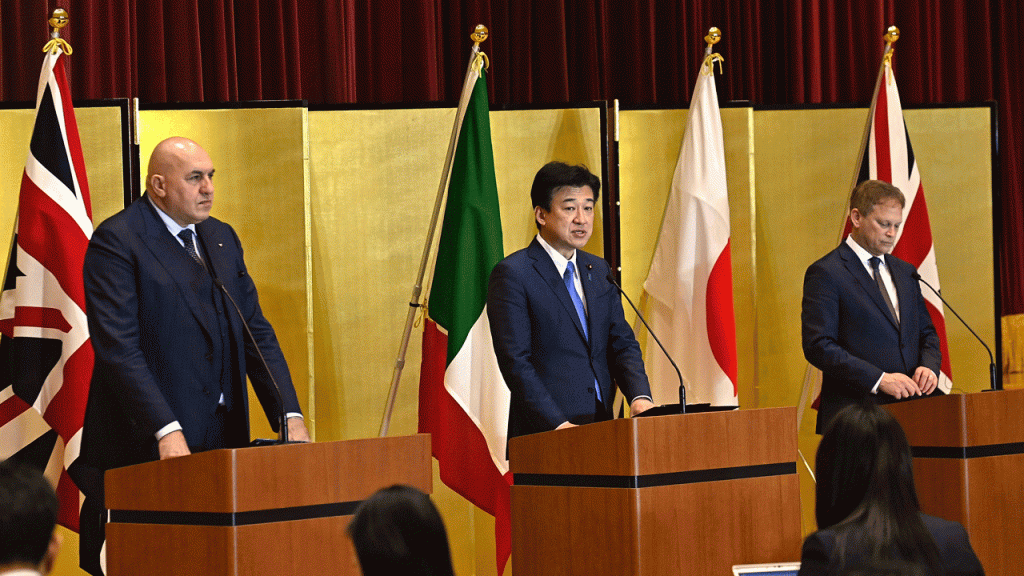Japan’s Cabinet approved a plan to sell future next-generation fighter jets to other countries, marking a departure from the pacifist principles adopted by Japan at the end of World War II. This decision is part of an effort to develop Japan’s arms industry and play a larger role in global affairs. Tokyo does not plan to export any co-developed lethal weapons other than the new fighter jets, which are not expected to be in service until 2035.
The recent change in Japan’s defense policies allows for the sale of the future fighter jets to other countries, marking a significant shift in Japan’s defense export guidelines. Japan has traditionally prohibited arms exports under its pacifist constitution, but has begun to make exceptions in recent years as regional and global tensions have increased. The decision on fighter jets now allows Japan to export lethal weapons it co-produces to other countries for the first time.
Japan is collaborating with Italy and the U.K. to develop an advanced fighter jet to replace its aging fleet of fighters. This joint project, known as the Global Combat Air Program, aims to provide Japan with advanced sensing and stealth capabilities to maintain a technological edge against regional rivals like China and Russia. The new fighter jet is based on a merger between Japan’s F-X design and the British-Italian Tempest program.
The decision to allow arms exports is driven by the need to support the development of the new fighter jet and reduce production costs by selling the jets to other countries. Japan’s defense industry is looking to expand beyond catering to the Self Defense Force and seek new customers abroad. Prime Minister Kishida is also seeking to strengthen military and defense industry partnerships, particularly in response to growing military threats from China and Russia.
The move towards exporting arms has been met with criticism from opposition lawmakers and pacifist activists, given Japan’s history as an aggressor in World War II and the devastation that followed. The government has pledged to limit exports of lethal weapons to the fighter jets and ensure they are not used in active wars. Potential markets for the jet include countries with defense partnership agreements with Japan, such as the United States, Germany, India, and Vietnam.
The new defense policy could open up opportunities for Japan to strengthen alliances with countries like the United States and the United Kingdom through partnerships like AUKUS. Japan’s Prime Minister is expected to discuss potential defense and weapons industry cooperation with US leaders during an upcoming visit to Washington. The decision to export fighter jets represents a significant shift in Japan’s defense export guidelines and signals a new direction for Japan’s defense industry and global engagement.















